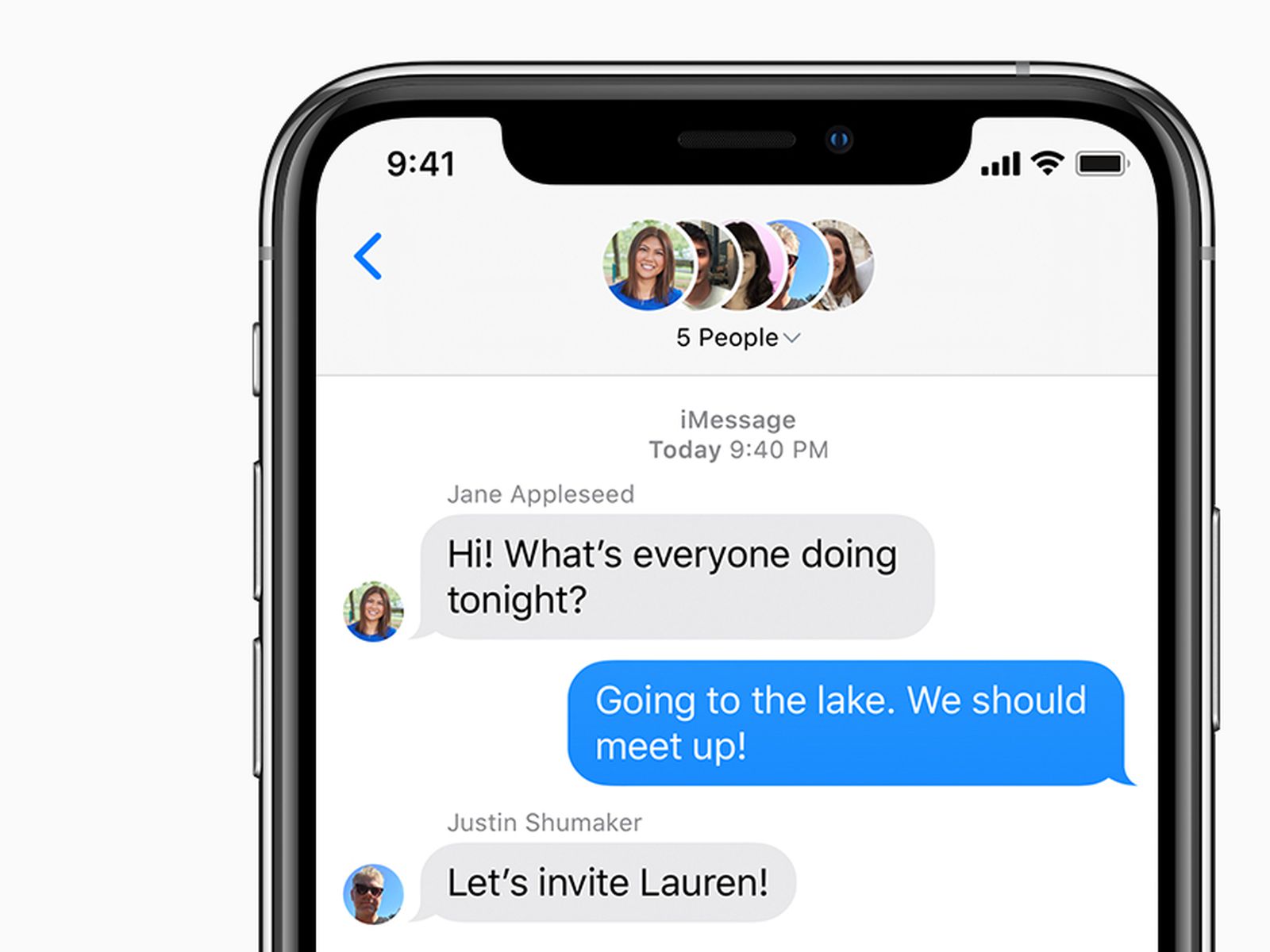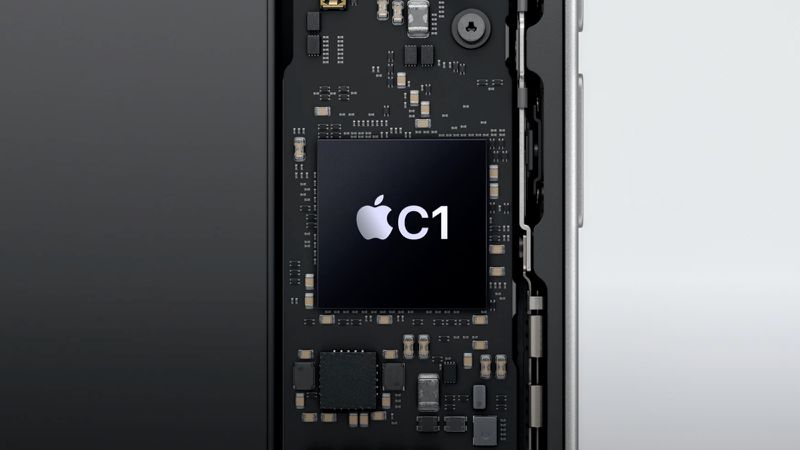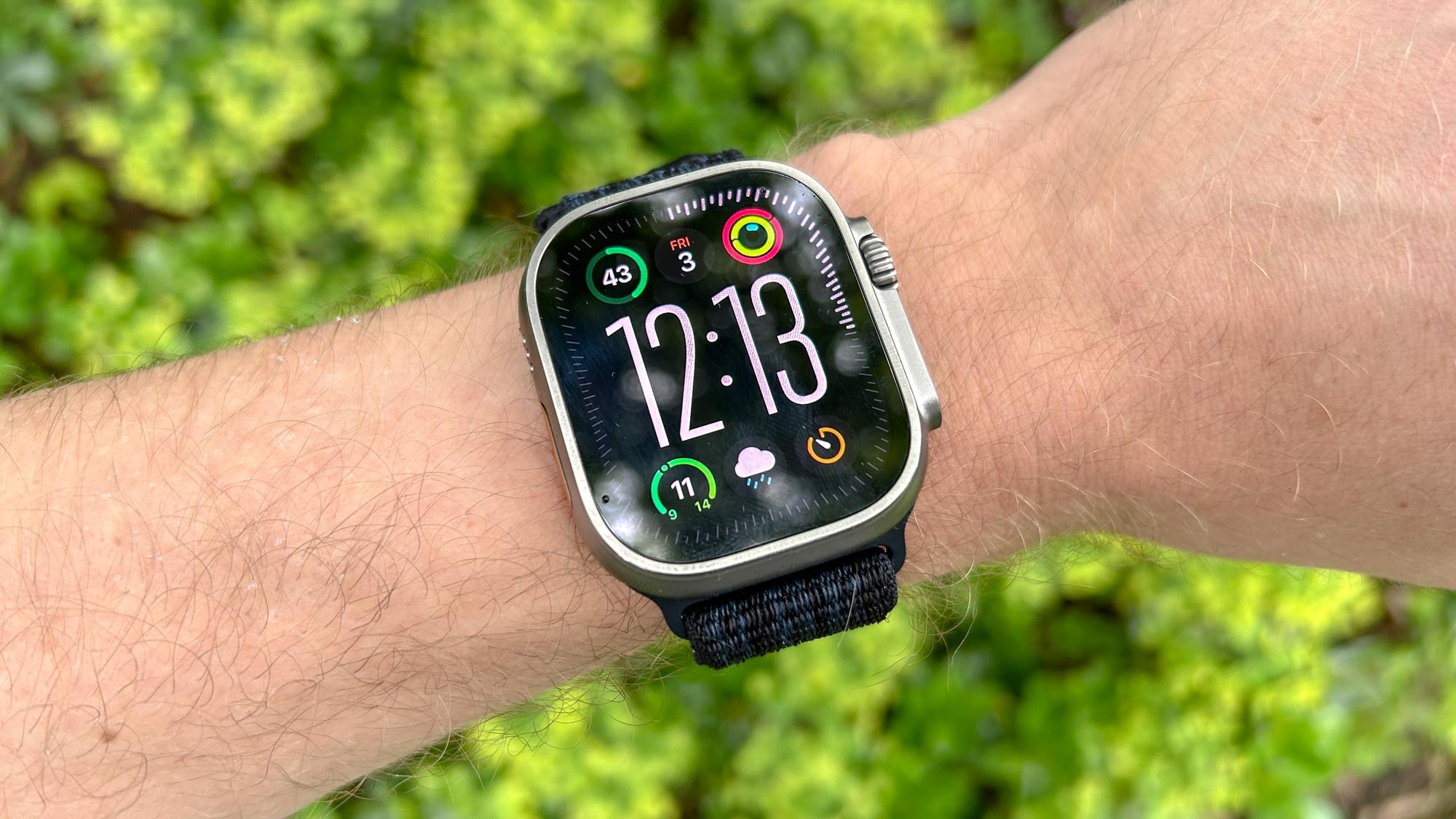We’ve been using smart home gadgets for a long time—over ten years. I wasn’t around for the super early stuff like X.10, but I got into HomeKit as soon as it arrived in my part of the world. Still, a recent hassle with something as basic as swapping out a dead light bulb showed me how much work is left before regular folks will embrace this tech.
A few days ago, one of my Philips Hue bulbs stopped working. It was pretty old—maybe ten years—and had been moved between lamps a few times, so I wasn’t shocked it gave out. No big deal, I figured. I’d grab a new one, pop it in, and be back in action fast. The bulb showed up. I opened the Home app, picked the room, hit the “+” button, and chose “Add Accessory.” A window popped up asking me to scan a code.
I sort of remembered scanning a barcode last time, but now it wanted a QR code. I aimed my phone at the tiny QR code on the bulb. The app tried hard, flashing little white boxes all over the screen, but nothing worked. I got super close—still no luck. I pulled back—nothing.
The bulb came in a twin-pack with a quick-start guide, but it only had one QR code. I tried scanning that. Same problem. At this point, I sighed, dug out the Hue app, plugged the bulb into the lamp, and let that app find it before adding it to Home. It worked, but it hit me: I’ve never had a smooth, simple setup with smart home stuff. It’s always a struggle—like I need to bribe the tech gods to make it cooperate.
This is the mess Apple’s HomeKit was supposed to fix but hasn’t. If Apple wants everyday people to jump into smart homes, it’s got to sort this out. They know it’s an issue, too. Years ago, a patent showed they’re thinking about devices that set themselves up—you’d just say “yes” to finish it. Imagine cameras using Apple’s smarts to map your house, spot your couch or stove, name the rooms, and hook up your gadgets automatically.
Picture this: You plug a new bulb into your living room lamp. The system goes, “Oh, this is in the living room lamp that used to be ‘Living Room Table Lamp.’ I’ll name it that and add it to your setups.”
Or if it’s a new lamp, it might say, “This looks like a dining room floor lamp—sound good? Want it in your other scenes?” Apple could start with its gear, but they should also share this idea with the Matter standard folks. They’ve done nice things like that before, like with MagSafe and Qi2. If they pull this off, swapping a smart bulb could finally be as easy as screwing in a regular one.






